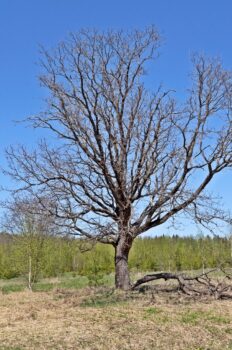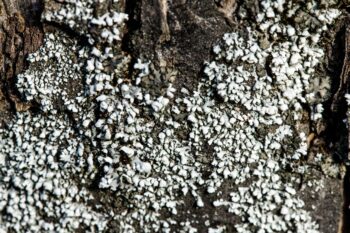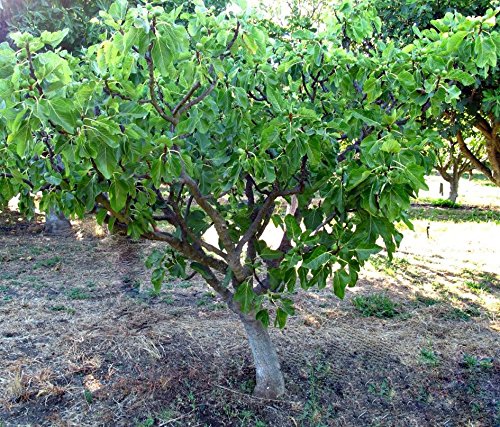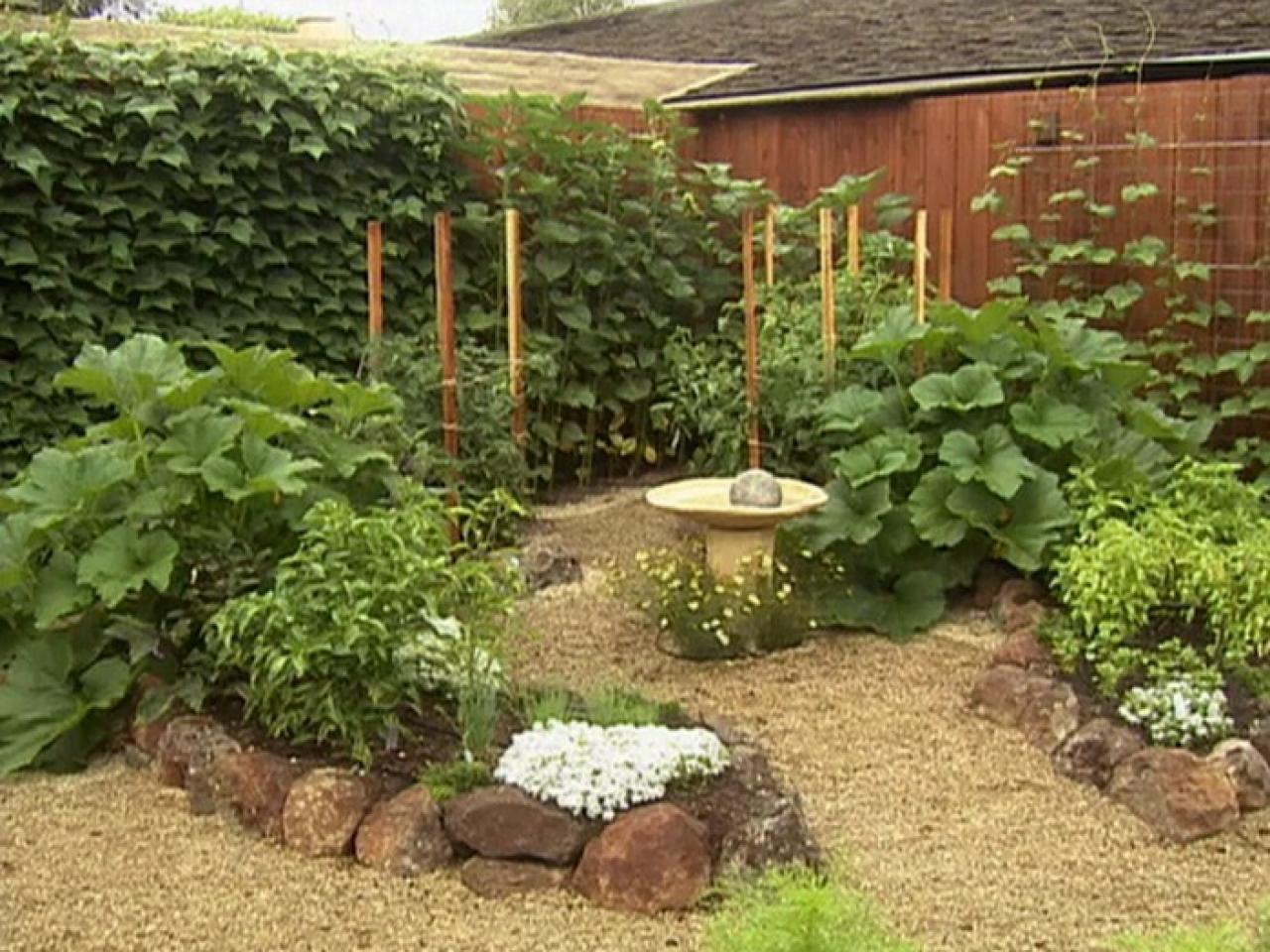Is My Tree Dead or Dormant?
As the seasons change, it’s not uncommon for homeowners to wonder if their trees are dead or just dormant. Understanding the difference is important because it can determine whether you need to take action or if there’s still hope for your tree’s survival.
So, how do you tell if your tree is dead or simply dormant? Let’s explore the key differences and signs to look out for.
What is Dormancy?
Firstly, what does it mean for a tree to be dormant? Dormancy is a natural state of rest that trees enter during the colder months. They conserve energy and slow down their growth processes to withstand harsh weather conditions. During dormancy, a tree’s leaves may fall off, and its branches may appear bare. But don’t be fooled – this is just a temporary phase.
On the other hand, a dead tree has permanently ceased all vital functions and cannot be revived. Recognizing the signs of a dead tree is crucial to prevent potential hazards and take appropriate action.
Keep your lawn looking as good as your trees with our lawn maintenance services.

How to tell if a tree is dead or dormant?
Here are some indicators that your tree may be dead:
No leaf growth: While dormant trees shed their leaves, they will start growing new buds once the weather becomes favorable. A dead tree, however, will have no signs of new leaf or bud growth, even during the appropriate season.
Brittle and dry branches: Live branches are supple and bendable, whereas dead branches become brittle and break easily. Try bending a small twig – if it snaps right off without any resistance, it’s likely a sign of a dead tree.
Lack of bark integrity: Inspect the trunk of your tree. If you notice large portions of missing or peeling bark, it could indicate that the tree is dead or dying. In healthy trees, the bark acts as a protective layer and should be intact.
Fungal growth: Dead trees are prime targets for fungal infestations. Look out for signs of mushrooms or other fungi growing on the trunk or around the base of the tree. These are clear indications of decay and a dead tree.
No response to environmental changes: Over time, you can observe how a living tree adapts to its surroundings. If there are no signs of response to environmental changes, such as sunlight, watering, or pruning, it suggests that the tree is dead. We offer shrub trimming as one of our landscaping services.
If you suspect that your tree might be dead, it’s advisable to consult with a professional arborist or tree service provider. They have the expertise to assess the tree’s condition accurately and determine the best course of action for removal or potential revival measures.
If your tree is dead, consider planting new trees. The Texas Tree Selector will help you pick out the best tree for your yard.
Wrapping Up

In conclusion, distinguishing between a dead tree and a dormant tree is crucial to ensure the health and safety of your landscape. While dormant trees may appear lifeless temporarily, they will regain their vitality in due time.
However, a dead tree will show no signs of regrowth or response to its environment. If in doubt, don’t hesitate to seek professional advice.
Regular tree maintenance and inspections can help you identify any problems early on and take the necessary steps to preserve the beauty and health of your trees.


